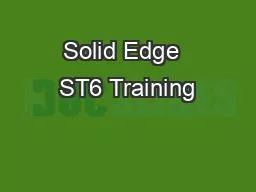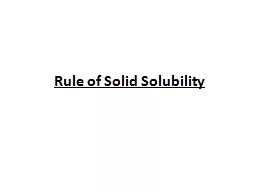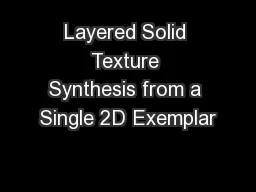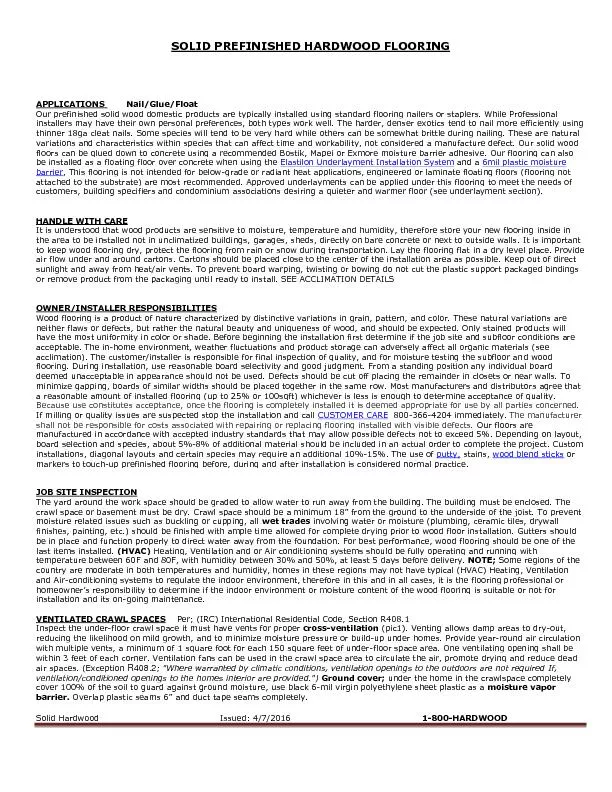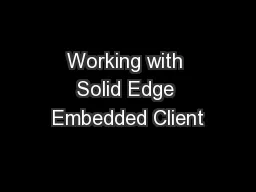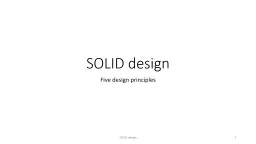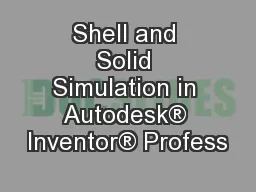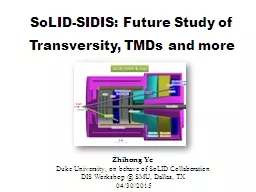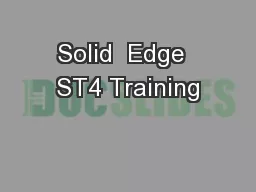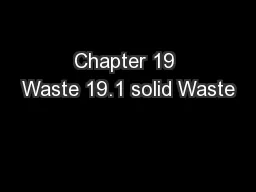PPT-Solid Edge ST6 Training
Author : mediumgeneral | Published Date : 2020-07-03
XpresRoute tubing You can use XpresRoute to create path segments and tubes in an assembly To access the commands for tubing while in Assembly choose ToolsEnvironsXpresRoute
Presentation Embed Code
Download Presentation
Download Presentation The PPT/PDF document "Solid Edge ST6 Training" is the property of its rightful owner. Permission is granted to download and print the materials on this website for personal, non-commercial use only, and to display it on your personal computer provided you do not modify the materials and that you retain all copyright notices contained in the materials. By downloading content from our website, you accept the terms of this agreement.
Solid Edge ST6 Training: Transcript
Download Rules Of Document
"Solid Edge ST6 Training"The content belongs to its owner. You may download and print it for personal use, without modification, and keep all copyright notices. By downloading, you agree to these terms.
Related Documents

